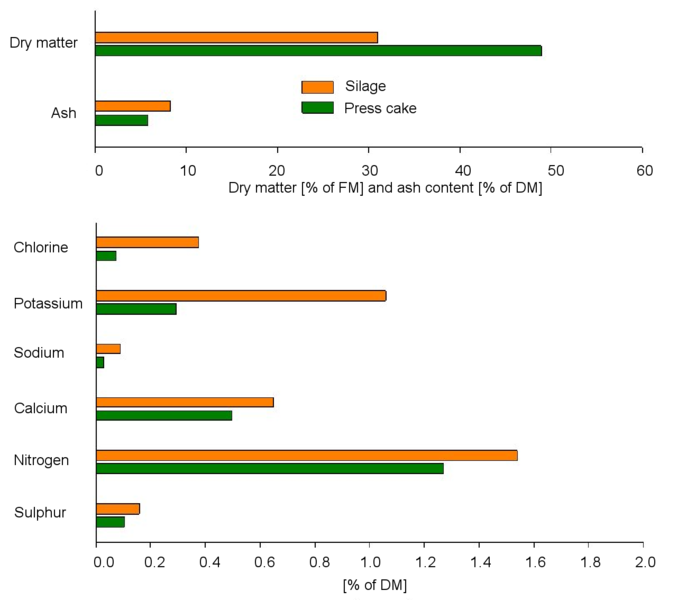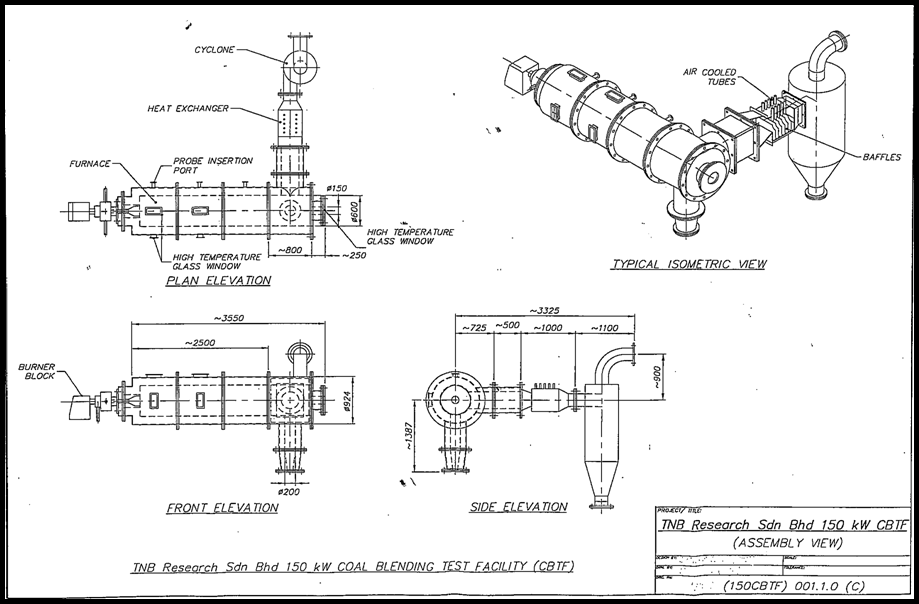

Subsequently, the PM formation during thermochemical conversion of solid biofuels is described for PM of inorganic origin. First, some basics on PM emissions are presented this includes overall definitions, common particle size fractions (e.g., PM 10, PM 2.5, PM 0.1), chemical composition, and physical characteristics. Within this context, this article aims to summarize the basics of inorganic PM formation during small-scale combustion of solid biofuels this is especially realized for wood fuels. While inorganic particles (e.g., KCl, K 2SO 4, CaO, ZnO) are usually inevitably released during combustion, organic emissions (e.g., PAHs, VOC, soot) are primarily obtained due to the incomplete fuel oxidation. These aerosols can be distinguished by their origin, as they either originate from inorganic elements (e.g., K, Na, Cl, S, Ca, Mg, Si, P, Zn, Pb) naturally contained in solid biofuels or from the organic matrix (e.g., C, H, O) of the biofuel.

During combustion of solid biofuels, particulate matter (PM) harmful to humans and the environment is formed and released into ambient air.


 0 kommentar(er)
0 kommentar(er)
